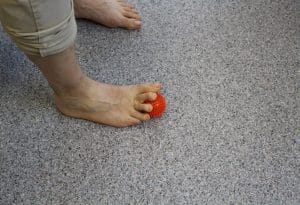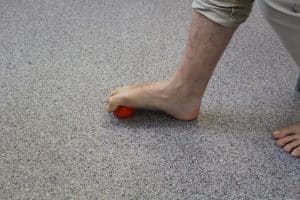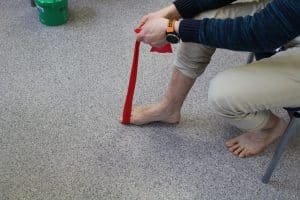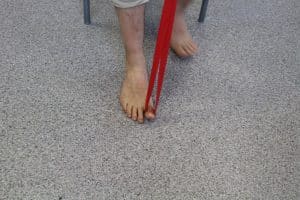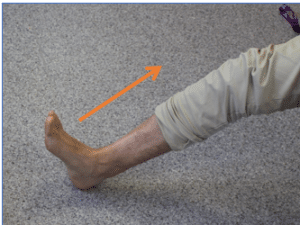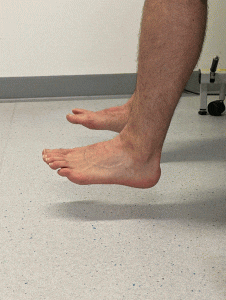There are risks to foot and ankle surgery
Off-work There will be a requirement to elevate your foot and rest non weight bearing then semi weight bearing.
Swelling and Stiffness- The foot can swell as a response to surgery and as part of the healing process. It can take up to six months for swelling to completely settle in some cases. Although in some cases post-surgery there may be increased stiffness in the foot.
Infection- The act of surgery is invasive which is also a risk to infection. In some cases, this can delay healing and will require antibiotic treatment.
Bloods Clots- A small risk of developing a blood clot after foot surgery. Following the pre and post operative advice will help reduce this risk.
Persistent Pain/ Numbness Some patients have persistent pain post-surgery or complications that may involve altered sensations in or around the surgical site
Chronic Regional Pain Syndrome Surgery can sometimes result in a swollen, painful and highly sensitive foot. This can be challenging to manage and often patients will be referred to the pain clinic for support.
Criteria Based Access
In Bristol, North Somerset and South Gloucestershire neuroma surgery falls under the criteria-based access (CBA) Forefoot surgery policy. Therefore, you must have exhausted and evidenced the conservative treatment options available. A consultation with a foot and ankle specialist can help discuss the treatment you have been doing and what further options are recommended. Funding for surgery will be considered if the problem is causing pain or severe functional impairment and treatment has been exhausted.



